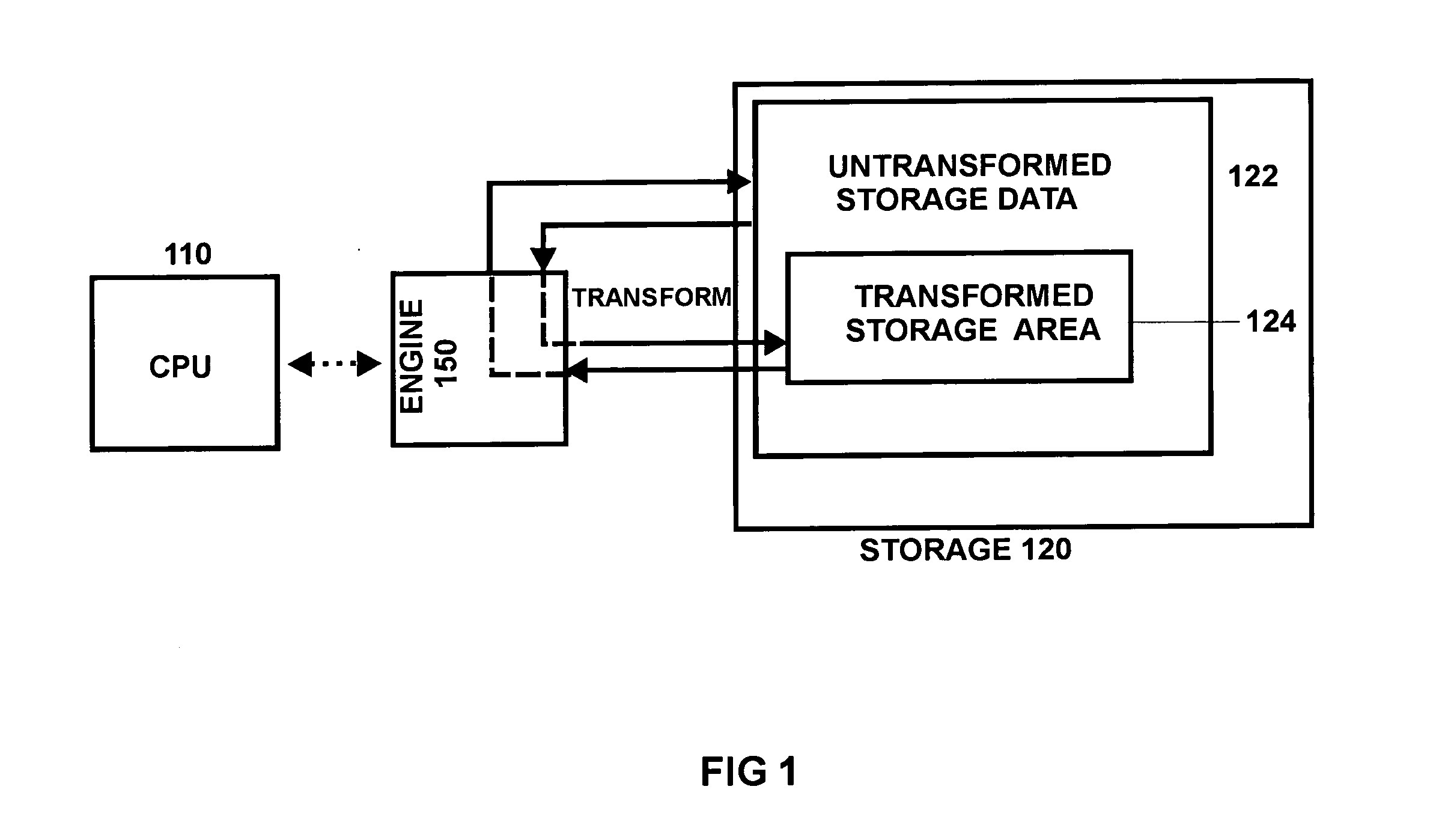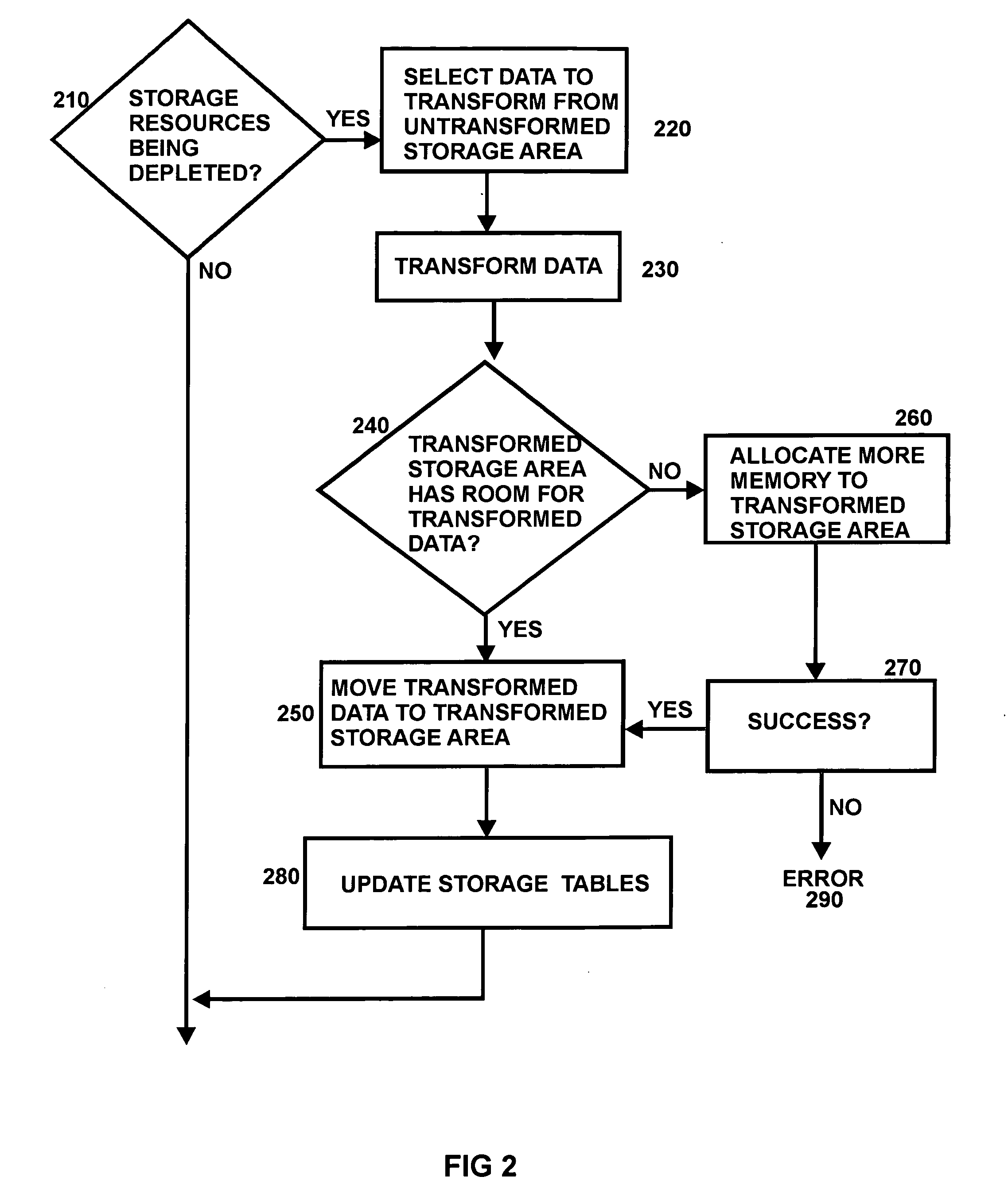Storage architecture for embedded systems
a technology for embedded systems and storage resources, applied in multi-programming arrangements, instruments, computing, etc., can solve the problems of significant reduction of the benefits serious design constraints of embedded systems, etc., to achieve the effect of reducing the storage area, and reducing the cost of read-only data compression
- Summary
- Abstract
- Description
- Claims
- Application Information
AI Technical Summary
Benefits of technology
Problems solved by technology
Method used
Image
Examples
Embodiment Construction
[0011]FIG. 1 is an abstract diagram of an illustrative embedded system architecture, arranged in accordance with a preferred embodiment of the invention. The embedded system includes a processor 110 and storage 120. The processor 110 and storage 120 are not limited to any specific hardware design but can be implemented using any hardware typically used in computing systems. For example, the storage device 120 can be implemented, without limitation, with memories, flash devices, or disk-based storage devices such as hard disks.
[0012] The system includes a transformation engine 150, the operation of which is further discussed below. The transformation engine 150 is preferably implemented as software. The transformation engine 150 serves to automatically transform data (and instruction code, as further discussed below) between a transformed state and an untransformed state as the data is moved between different areas of storage. For example, and without limitation, the transformation ...
PUM
 Login to View More
Login to View More Abstract
Description
Claims
Application Information
 Login to View More
Login to View More - R&D
- Intellectual Property
- Life Sciences
- Materials
- Tech Scout
- Unparalleled Data Quality
- Higher Quality Content
- 60% Fewer Hallucinations
Browse by: Latest US Patents, China's latest patents, Technical Efficacy Thesaurus, Application Domain, Technology Topic, Popular Technical Reports.
© 2025 PatSnap. All rights reserved.Legal|Privacy policy|Modern Slavery Act Transparency Statement|Sitemap|About US| Contact US: help@patsnap.com



